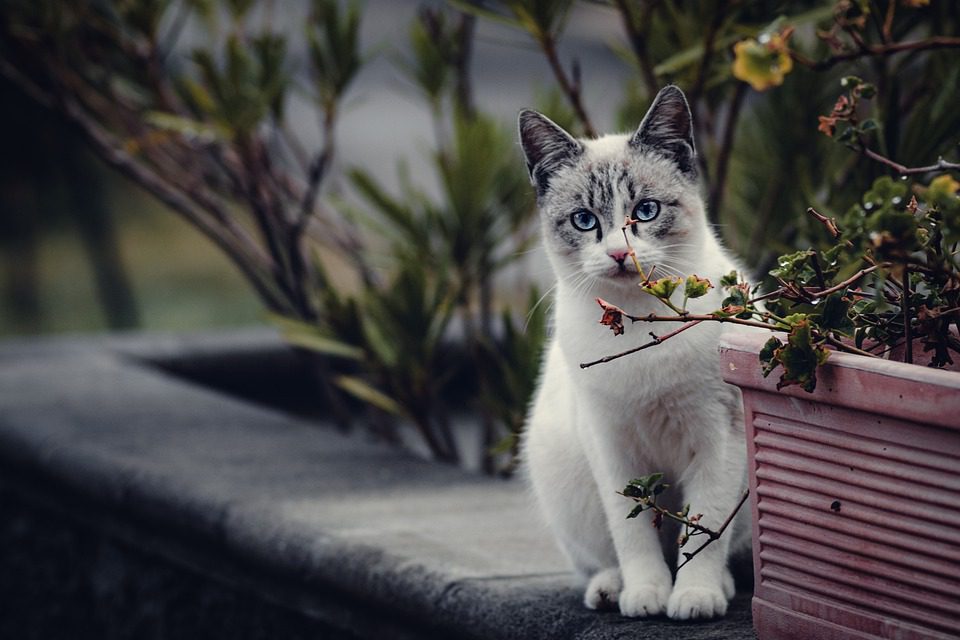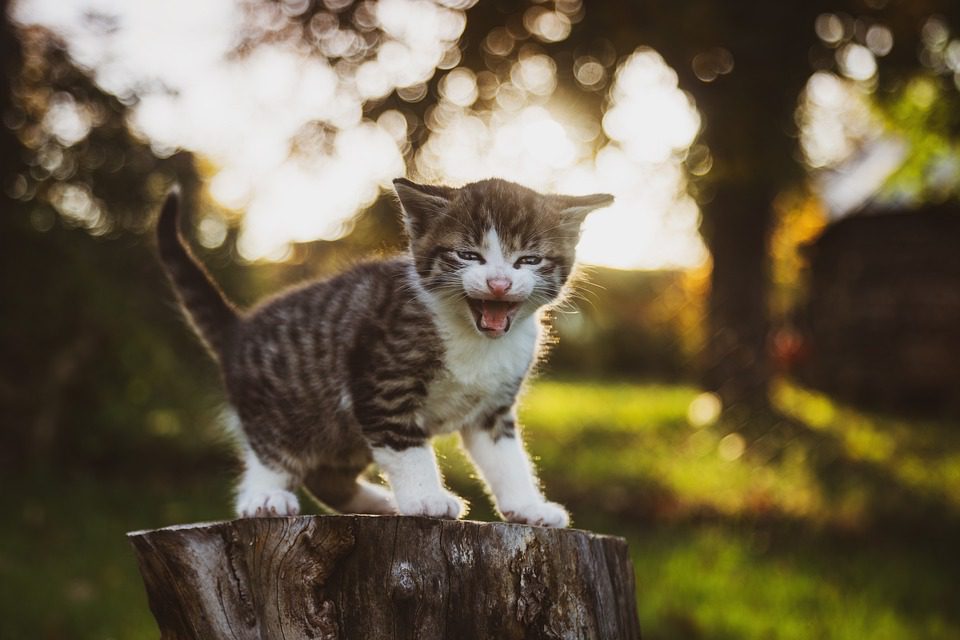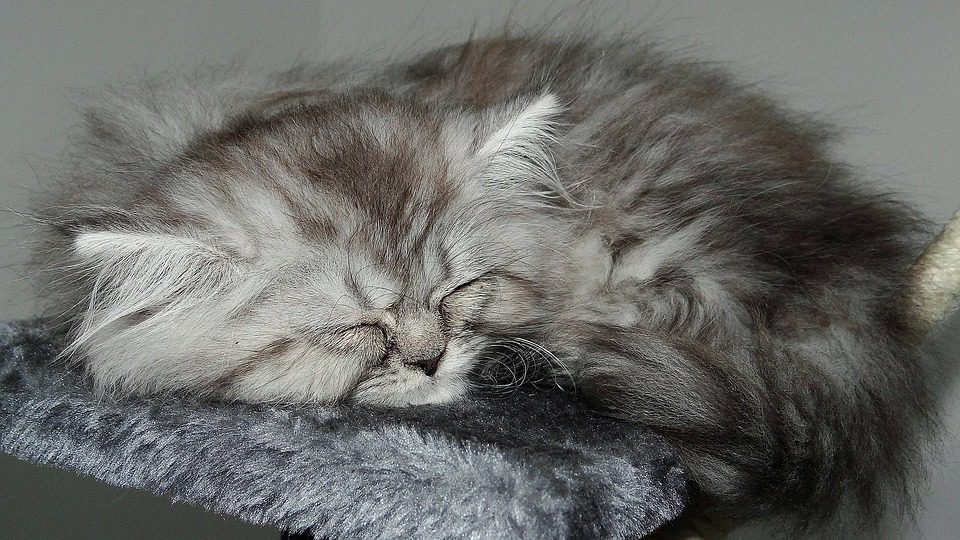Organ meat is an important part of a cat’s diet, providing essential vitamins, minerals, and proteins that can help keep your cat healthy and active. While there are many types of organ meat available for cats, some are better than others. In this article, we’ll take a look at which organ meats are the best for cats and why. We’ll also discuss how to properly prepare organ meats for cats, as well as what to look for when selecting organ meats for your cat.
Nutritional Benefits of Organ Meat for Cats
Table of Contents
Cats are obligate carnivores, meaning they require a diet that is rich in animal proteins and fats to meet their nutritional needs and stay healthy. In the wild, cats consume a variety of prey, including organs, bones, and connective tissue. While commercial pet foods are formulated to meet cats’ dietary needs, organ meat remains a key part of a cat’s diet. Organ meat not only provides essential vitamins, minerals, and amino acids, but it also aids in digestion and the absorption of other nutrients.
Types of Organ Meat
Organ meat, also known as offal, includes the heart, kidneys, liver, pancreas, and other organs. It can be obtained from slaughterhouses or butcher shops and is commonly used in pet food. It is also available in specialty pet stores in the form of freeze-dried, frozen, or canned products.
Nutrients in Organ Meat
Organ meats are an important source of essential nutrients that cats need to remain healthy. The liver, for example, is high in vitamins A, D, E, and K, as well as iron, copper, and zinc. It is also rich in taurine, an essential amino acid that cats need for healthy eyes and heart function. The kidneys are an excellent source of B vitamins, iron, zinc, and copper. Other organs, such as the pancreas, contain important enzymes that aid in digestion.
Benefits of Organ Meat for Cats
Organ meats are an important part of a cat’s diet because they provide essential nutrients that are not found in muscle meat. In addition, organ meats are high in moisture, which helps cats stay hydrated. They also contain essential fatty acids, such as arachidonic acid and linoleic acid, which aid in skin and coat health. Finally, organ meats are a rich source of taurine, which is necessary for proper cardiovascular and eye health.
How Much Organ Meat Should Cats Eat?
The amount of organ meat that cats should eat depends on their age, size, and activity level. It is generally recommended that cats should consume between 10% and 15% of their total caloric intake from organ meats. It is important to note that organ meats should not make up a majority of a cat’s diet, as they are high in fat and can cause obesity if consumed in excess.
Risks Associated With Eating Organ Meat
Organ meats can contain harmful bacteria, parasites, or toxins that can be dangerous to cats. It is important to ensure that any organ meat you feed your cat is fresh and properly prepared. Organ meats should be cooked thoroughly to kill any potential contaminants, and should not be fed raw. Additionally, organ meats should not be fed to kittens, as their bodies are not yet able to process large amounts of fat.
Common Myths About Feeding Cats Organ Meat
Myth 1: All Organ Meat is Equally Beneficial for Cats – While organ meat can be beneficial for cats, different types of organ meats provide different health benefits. For example, liver is a great source of Vitamin A, while heart provides taurine, an essential amino acid for cats.
Myth 2: Organ Meat Should be Fed Exclusively – While organ meat can be a great addition to a cat’s diet, it should not be the only source of nutrition. Cats require a balanced diet that includes both animal-based proteins and carbohydrates.
Myth 3: All Organ Meat is Safe for Cats – Not all organ meat is safe for cats. Certain organs, like kidneys, can contain higher concentrations of toxins and should be avoided. As with any food, it is important to do your research before feeding organ meat to your cat.




